Introduction
Lynda R. Williams is a seasoned educator and curriculum designer with well over 30 years of experience. She has agreed to take us through some of the things you should consider when it comes to science education.
To implement best practices in science instruction, you should be familiar with the main components of the NGSS science standards. You can also look for science resources that are aligned with the science standards for your region. Most states, for example, are using Next Generation Science Standards.
Within the NGSS, there are three important dimensions to learning science. These combine to form each standard, which is a performance assessment, and each dimension works with the other two to help students build a cohesive understanding of science over time. This means all grade levels need to be teaching science because the concepts build on each other cumulatively.
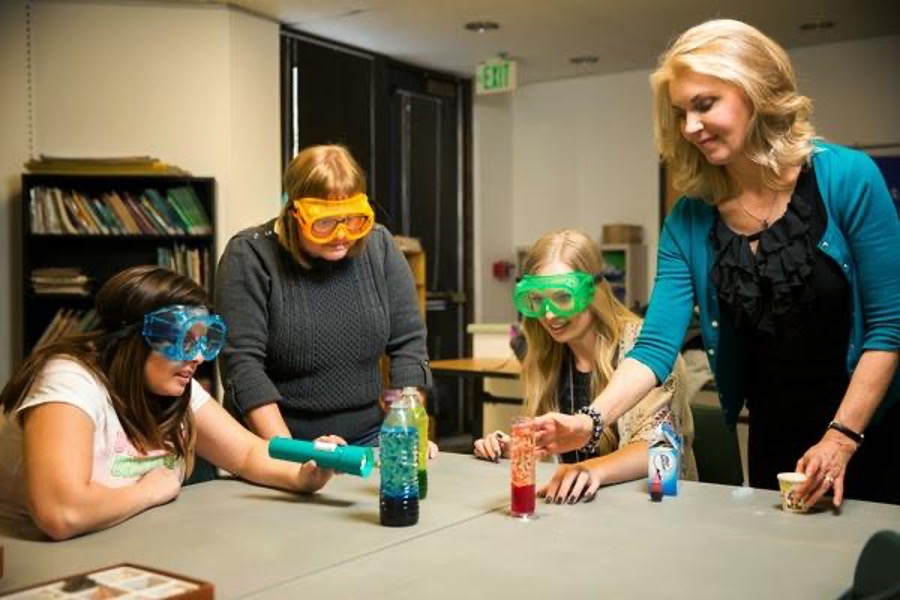
1. Best Practice: Use the Science and Engineering Practices
Science and Engineering Practices describe what scientists do to investigate the natural world and what engineers do to design and build systems. The Science and Engineering Practices are what students do in science! The practices better explain and extend what is meant by “inquiry” in science and give specific suggestions about how students should be engaged in the scientific process. Students engage in practices to build, deepen, and apply their knowledge of the disciplinary core ideas and crosscutting concepts.
The eight science and engineering practices are:
- Asking Questions (for science) and Defining Problems (for engineering)
- Developing and Using Models
- Planning and Carrying Out Investigations
- Analyzing and Interpreting Data
- Using Math and Computational Thinking
- Constructing an Explanation (for science) and Designing a Solution (for engineering)
- Engaging in an Argument Stemming from Evidence
- Obtaining, Evaluating, and Communicating Information
Students who get to participate in engaging, hands-on activities for science and STEM will enjoy science more, and will retain more information. In the Balloon car example below students are using multiple science and engineering practices to complete the STEM challenge. They are using Developing and Using Models, Planning and Carrying Out and Investigation, and Constructing an Explanation.
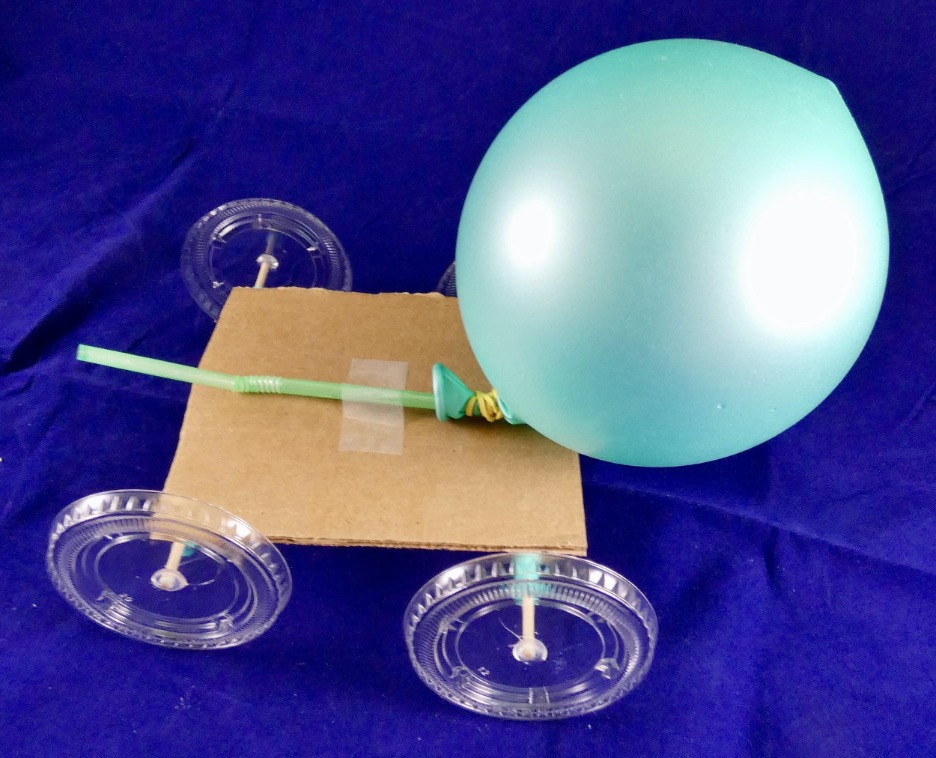
2. Best Practices-Use the Crosscutting Concepts-And Ask the Right Questions
Crosscutting Concepts help students explore connections across the four domains of science, including Physical Science, Life Science, Earth and Space Science, and Engineering Design.
The crosscutting concepts give the students a lens through which they can think about the problem at hand. The crosscutting concepts also let the teacher know what types of questions to ask.
There are 7 crosscutting concepts that the has outlined, which appear in the Next Generation Science Standards. These are:
- Patterns
- Cause and effect
- Scale, proportion, and quantity
- Systems and system models
- Energy and matter: Flows, cycles, and conservation
- Structure and function
- Stability and change
Crosscutting concepts should be tied to each science lesson, and teachers should ask questions about the crosscutting concept for that standard. For Example, what is the function of this structure? What structure allows capillary action to be possible? Why do plant materials have capillary action? This engaging activity below will have students really trying to make sense of the science, especially when the teacher asks the right questions.
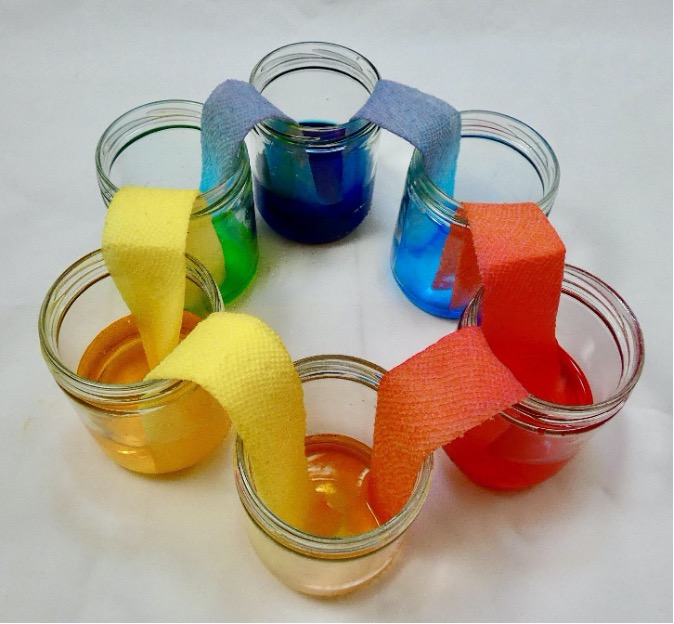
3. Best Practice Teach the Disciplinary Core Ideas
The Disciplinary Core Ideas (DCIs) are the key ideas in science that students must learn at each level. They build on one another at each grade level. There are disciplinary core ideas in each domain of science: Physical Science, Life Science, Earth and Space Science, and Engineering. Students from kindergarten and up should be getting science instruction. Science is a spiraling curriculum. If early grades do not teach it, students may end up with gaps in their education.
4. Best Practice-Use Phenomena to Engage The Learner
Another aspect of the Next Generation Science Standards is the use of phenomena. Phenomena-based science encourages students to ask questions, discover connections, and design models to make sense of what they observe. Students examine a phenomenon and then ask questions, collaborate with partners, and design models.
Questions such as what types of energy are being used here? Is energy being converted from one form to another? Why do you think so. These would be great ways to use phenomena.
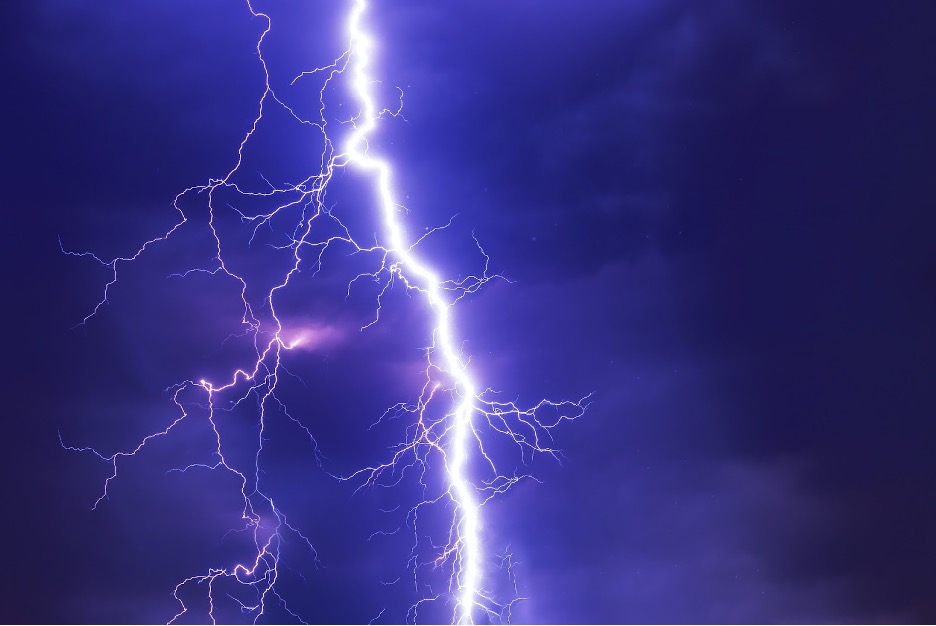
Three-Dimensional Learning shifts the focus of the science classroom to environments where students use disciplinary core ideas, crosscutting concepts with scientific practices to explore, examine, and explain how and why phenomena occur and to design solutions to problems.
The focus is on making sense of science instead of memorizing a set of facts.
If you are looking for science resources to use in your classroom, make sure they are aligned with the NGSS. Does the description mention the science and engineering practices? Does the description list the standard it is aligned with?
Students need a variety of activities in science in order to understand the concepts. Great resources should have multiple ways of presenting information and having students reflect on information. I like to include slide shows, informational text reading passages, response pages, interactive notebook inserts, labs with clear directions and follow-up pages, and learning games.
5. Best Practice- Include Hands-on Labs and Investigations
Hands-on labs should use easy-to-find household materials that teachers can readily acquire. Teachers should be able to teach science with simple materials that they find in their kitchen cupboards, local variety store, or junk drawer.
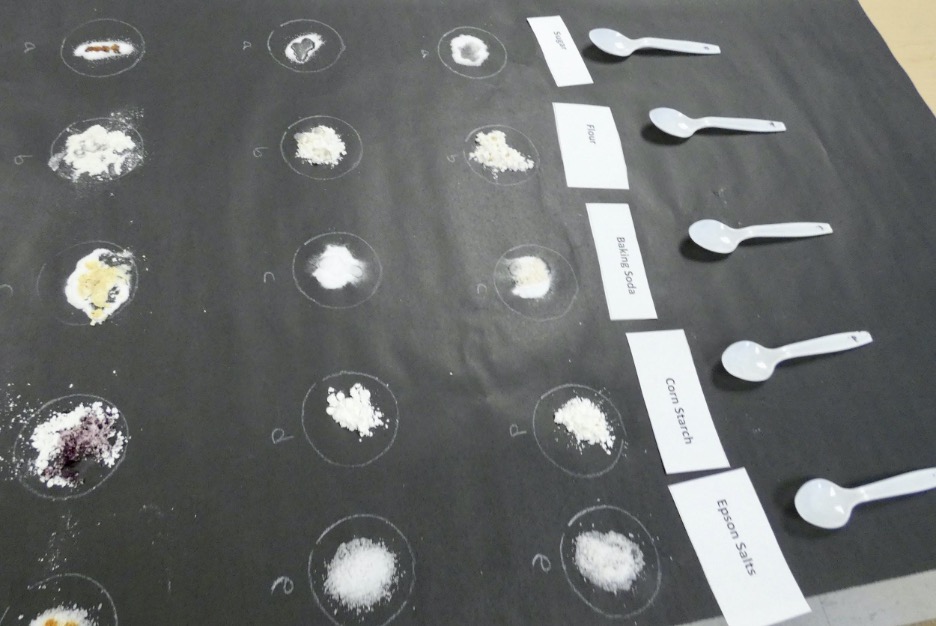
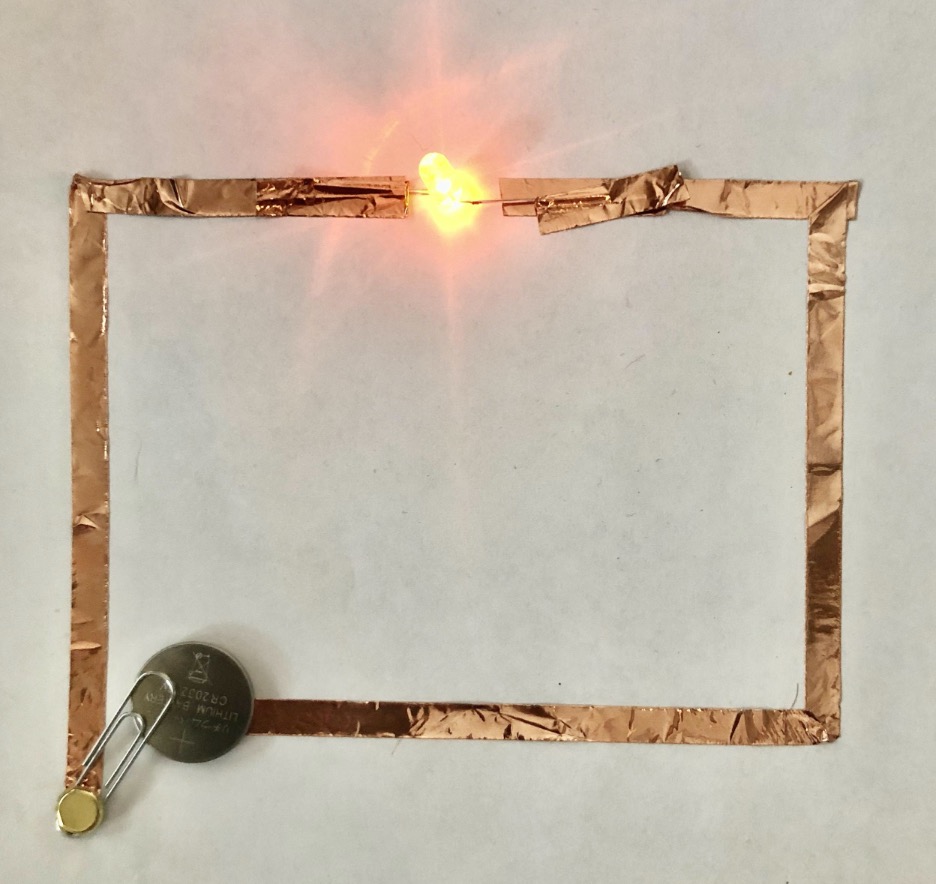
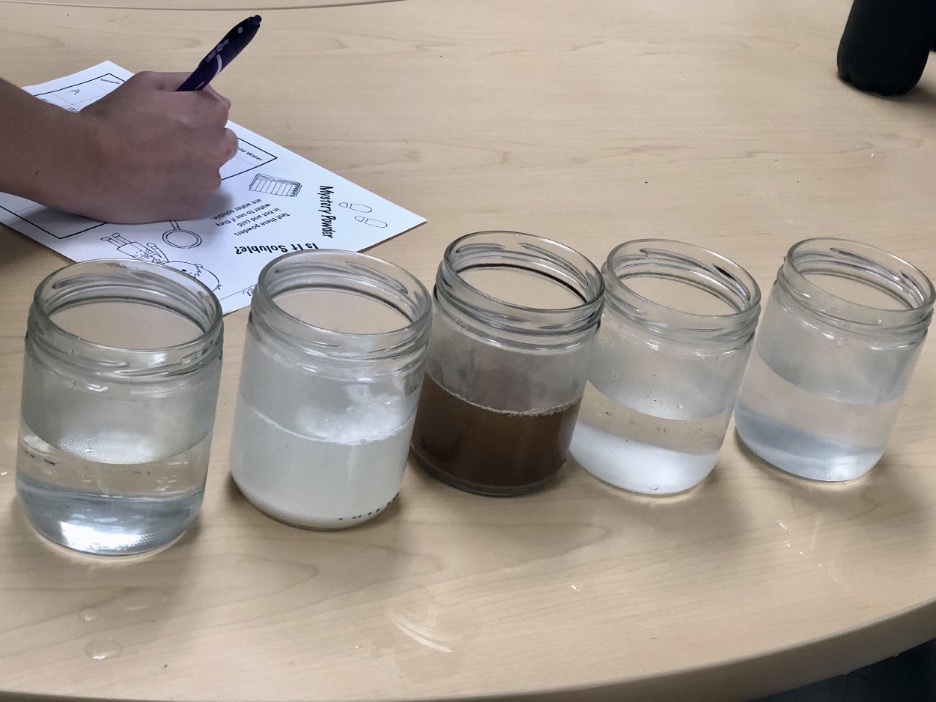
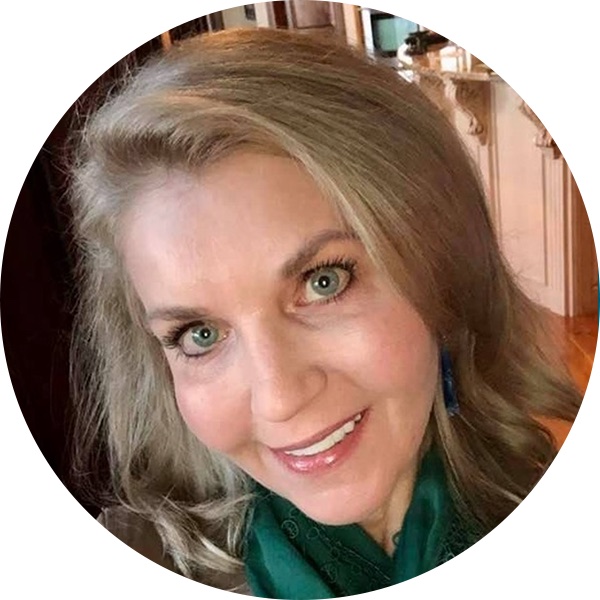
Lynda R. Williams
Curriculum designer and owner of the company Teach In Science
Lynda R. Williams is a curriculum designer and owner of the company teachingscience.us. She has been teaching for more than 34 years! Lynda taught elementary at a number of grade levels and after earning her master’s degree, begin teaching at the university level in teacher preparation programs. She has extensive training in NGSS and Utah SEEd, ESL, and Curriculum and Instruction. Currently, she teaches science methods for elementary education at Utah Valley University, where she is a Senior Lecturer. In 2020 Lynda was awarded Utah Valley University Faculty Excellence Award.
See Lynda’s resources in her Teachers Pay Teachers store here.

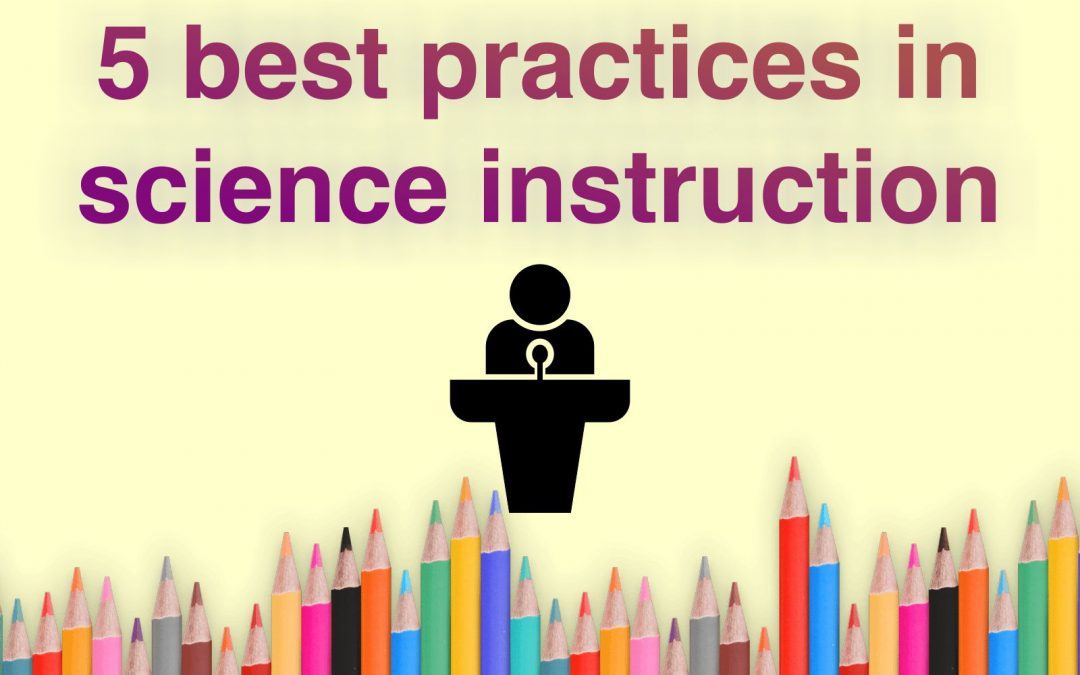
Recent Comments